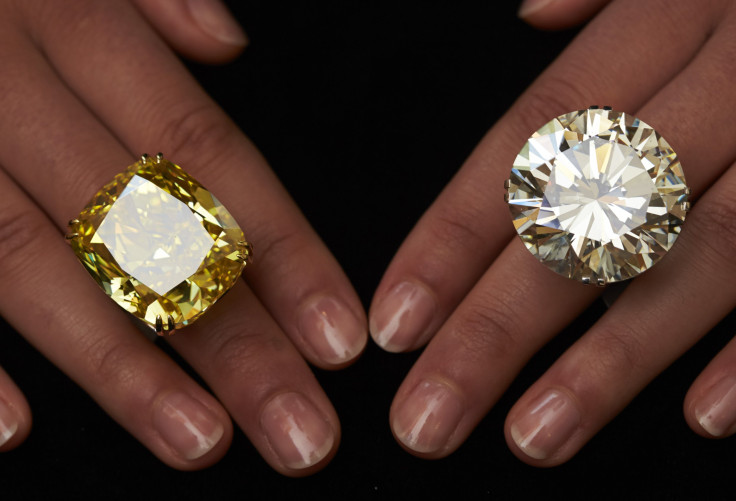Large, Rare Diamonds Form In Molten Metal In Earth’s Liquid Mantle Deep Underground

The most expensive diamonds are obviously the largest, but also those with the highest clarity and minimal flaws. And to achieve that glitter and sparkle diamonds are known for, companies take a rough diamond and grind and chip off the imperfections.
But those fragments also have a lot of value, not only to make smaller diamonds to be sold, but even for science. And to be more specific, chips from large diamonds containing those imperfections are very useful to understand deep Earth geology.
Evan Smith, a postdoctoral research fellow at the Gemological Institute of America — a nonprofit research organization, located in Carlsbad, California — got his hands on some such pieces that were left over from cutting and polishing type IIa diamonds — the variety to which famous stones like the Constellation, Cullinan, Koh-i-Noor and Lesedi La Rona belong.
Along with his colleagues, Smith studied the insides of those pieces, using lasers, electron beams and microscopes, to determine where they had originally formed. They did that by identifying the nature of the impurities — called inclusions — in the fragments.
They found that along with small metallic inclusions, the large gems also contained mineral inclusions that showed the diamonds formed at extreme depths, in the range of 224 miles to 466 miles below Earth’s surface, deep in the mantle where metals exist as liquids. By comparison, the vast majority of diamonds found are formed at depths of 93 miles to 124 miles.
“Previous experiments and theory predicted for many years that parts of the deep mantle below about 250 kilometer (155 miles) depth contain small amounts of metallic iron and have limited available oxygen. Now, the metallic inclusions and their surrounding methane and hydrogen jackets in these diamonds provide consistent, systematic physical evidence to support this prediction,” Smith said in a statement.
In the 4.5 billion years since Earth’s formation, the layers of its core, mantle and surface have all rotated and interchanged, leading scientists to think most material underground would have a high distribution of oxygen. But this study showed there were pockets until relatively recently that somehow managed to escape that oxygenation.
“It tells you that we have to refine our thinking about how the planet — whether it’s Earth or any other planet — evolves with time. And that our simple pictures may not be good enough anymore if we can't explain these features,” Kanani Lee, a mineral physicist at Yale University, who was not involved in the study, told NPR.
The study was published Friday in the journal Science under the title “Large gem diamonds from metallic liquid in Earth’s deep mantle.”
© Copyright IBTimes 2024. All rights reserved.




















